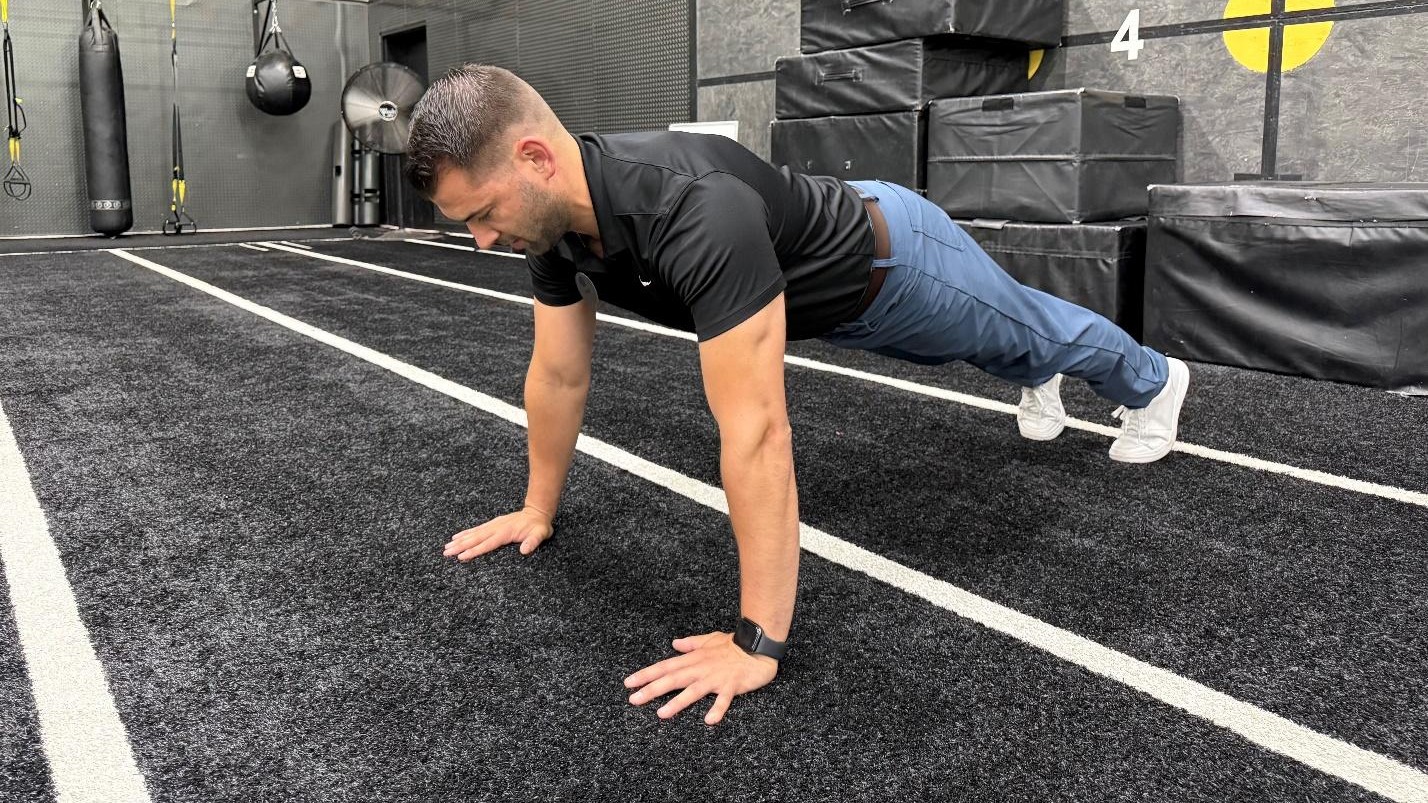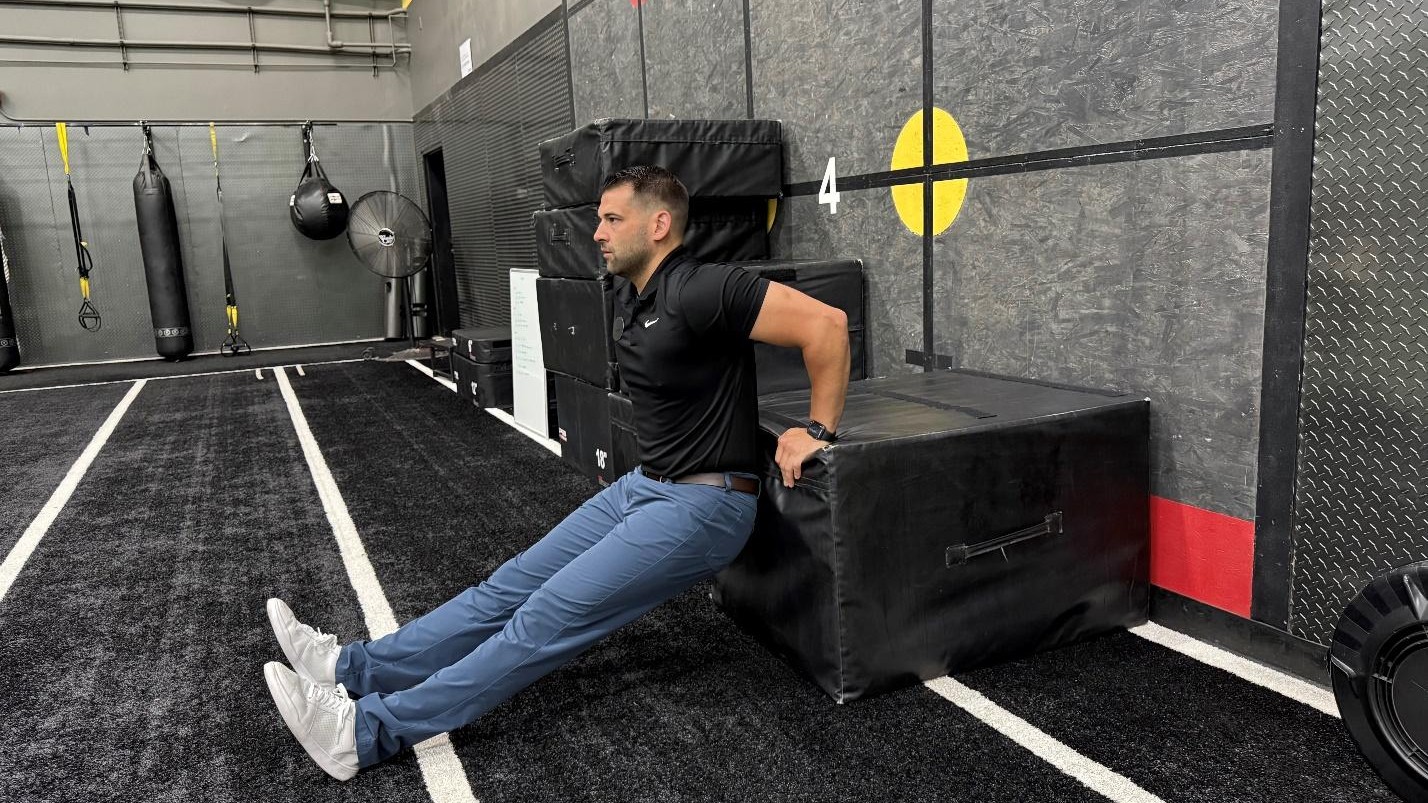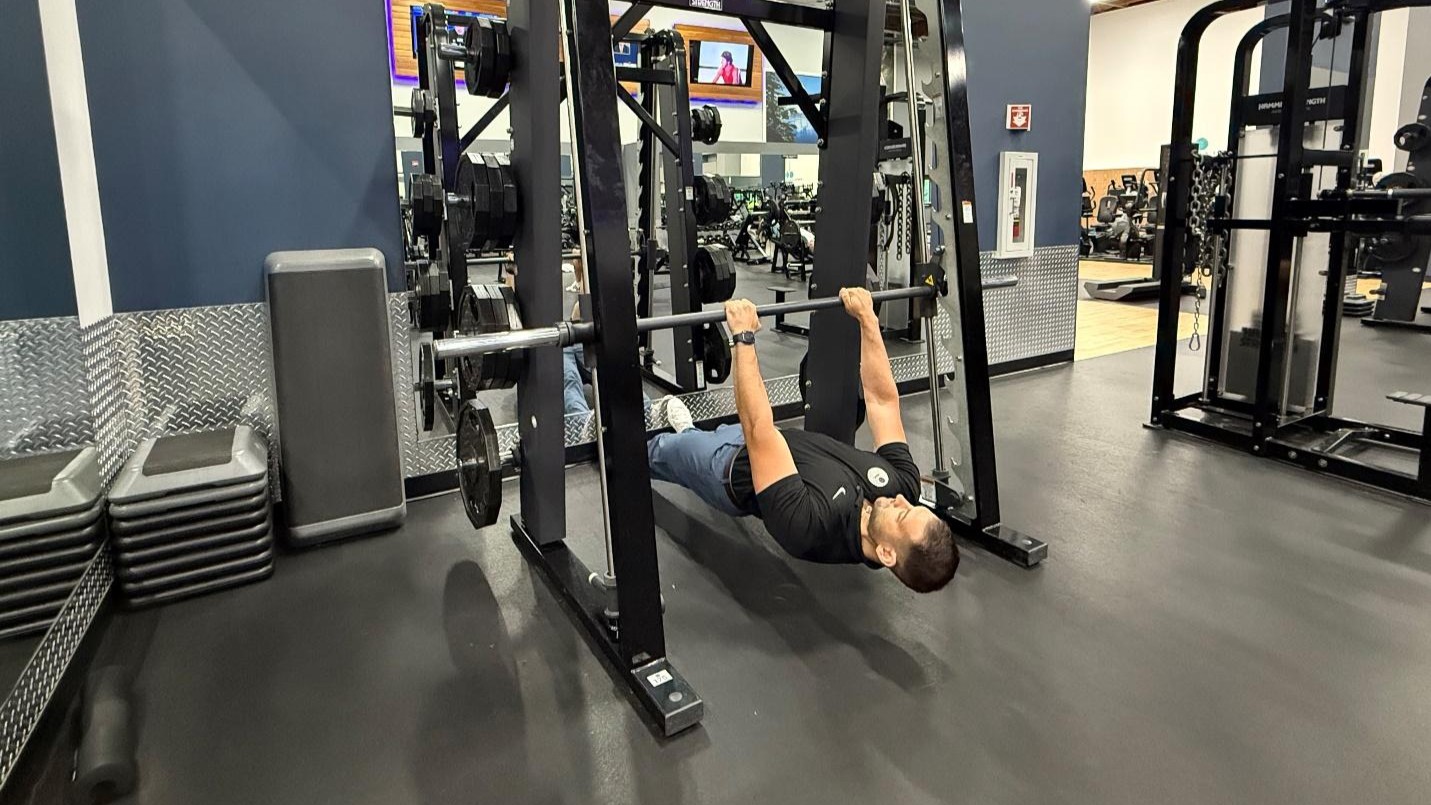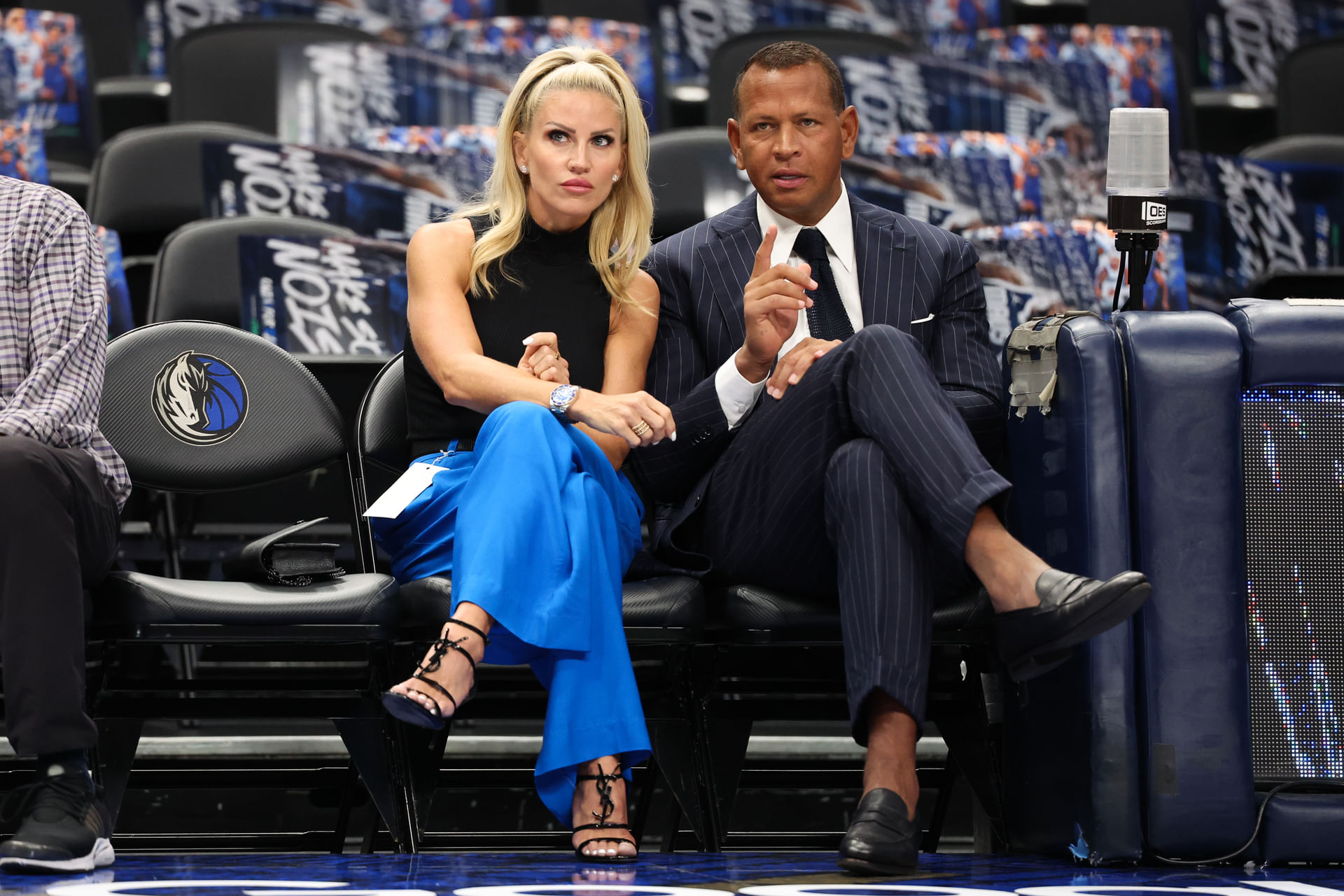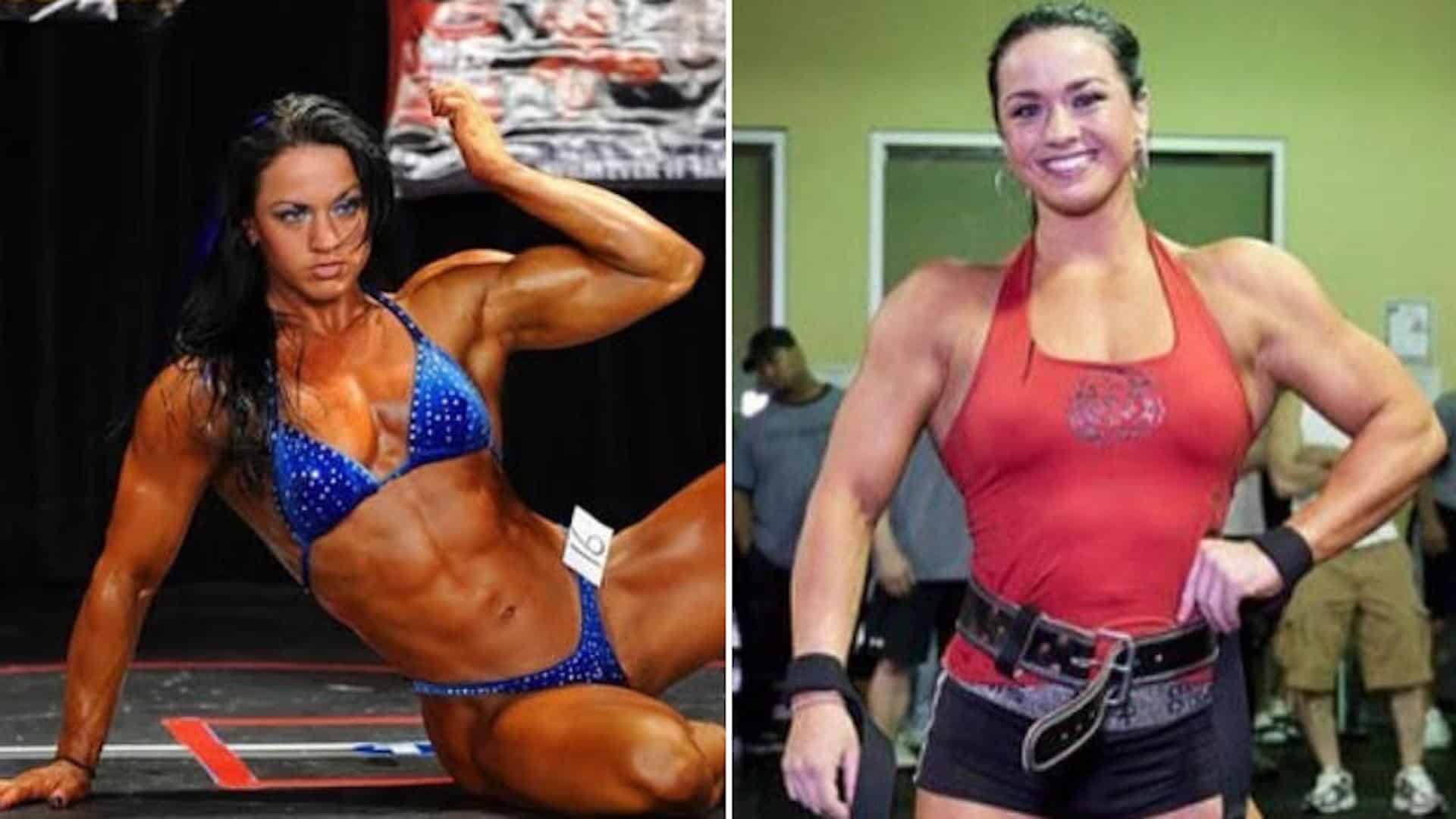There are so many exercises you can do to train your upper body, but if you’re a bit bored with the standard biceps curl, bench press and bent-over row, I’ve found some effective alternatives you can try.
Personal trainer and manager of Bay Club Portland, Zack Dzingle shared his top three upper body exercises with Fit&Well—moves that he incorporates into his own workouts and uses with clients to build strength and muscle.
You will need equipment for this three-move workout, and you may need access to a gym or a park with suitable bars and boxes, or a bench you can use.
It isn’t suitable for beginners, so if you’re looking for something a little less advanced, or something you can do at home, try these four equipment-free exercises for upper body strength instead.
Dzingle has chosen scalable exercises that you can make harder as you get stronger. As well as simply adding sets or reps, Dzingle has recommended some modifications you can make so the exercises become tougher or easier— to suit your fitness level.
1. Hand-release push up
Sets: 1-3 Reps: 5-10
How to do it:
- Start in a high plank position with your shoulders over your wrists and your body in a straight line from head to toe.
- Bend your elbows to slowly lower your chest to the floor.
- Lift your hands off the floor.
- Place your hands back on the floor, re-engage your muscles and push through your palms to extend your arms and return to the start.
Form tips: “The goal with hand-release push-ups is to engage everything, so the body comes up as one,” says Dzingle. “I cue this by squeezing the quads, glutes and core. Avoid the upper half coming up first and the lower half following. It should be one fluid motion. You end in the high plank position again”.
Why Dzingle recommends it: “I love to utilize this exercise for fully building up the upper body. It offers a range of regressions to help build up to that perfect push-up and gives you feedback on core stability.
Make it easier: Match your current strength level to the right variation in this selection of push-up modifications, and slowly work your way up to the hand-release push-up.
Make it harder: Make the lowering movement last longer, over, say, a count of four.
2. Triceps dip
Sets: 1-3 Reps: 10-15
How to do it:
- You’ll need a sturdy surface around knee height. A box or bench is ideal, but a chair will do. Start by sitting on the surface with your hands on the surface on either side of your body, shoulder-width apart, knuckles pointing forward.
- Extend your legs in front of you, resting your heels on the floor.
- Move your butt forward off the surface, supporting your weight through your hands.
- Slowly bend your elbows to 90° to lower. You should feel the muscles in the back of your arms working.
- Extend your elbows to push yourself back up.
Form tips: “Keep your elbows tucked in,” advises Dzingle. “The goal is to achieve a 90° angle at the elbow. Always pay attention to the tension you feel in your shoulders, as this will give you feedback on whether to progress or regress.”
Why Dzingle recommends it: “I love doing these for high reps to build up the lactic acid in the triceps to feel the burn.”
Make it easier: Bend your knees and bring your feet closer to you. The closer you bring your feet, the easier it will be.
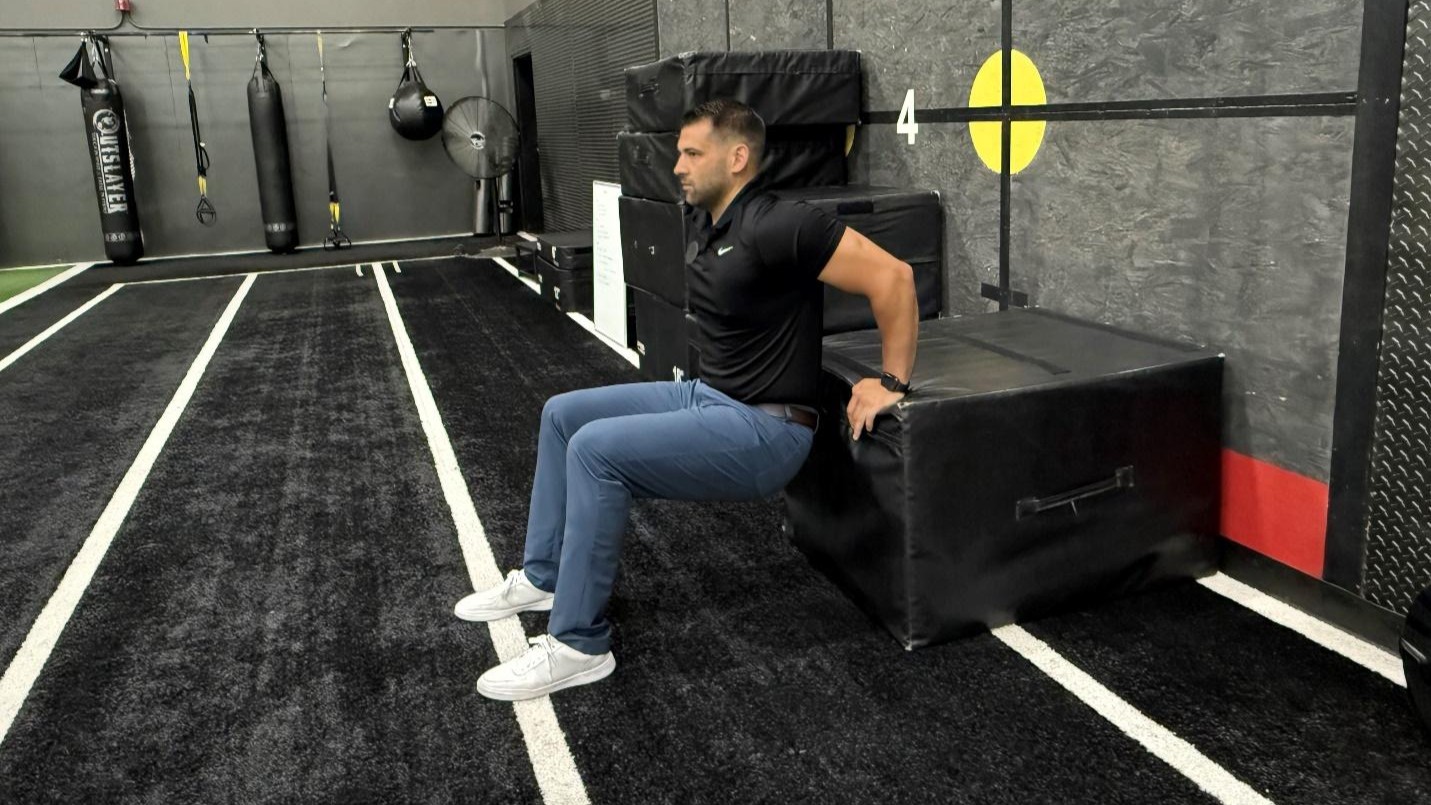
(Image credit: Zack Dzingle)
Make it harder: Make the lowering movement last longer, over, say, a count of four.
3. Inverted row
Sets: 1-3 Reps: 10
How to do it:
- Set a barbell at waist height in a squat rack (or use a dedicated inverted row bar) and position yourself under it with the bar above your chest.
- Grasp the bar with an overhand grip and your hands slightly wider than shoulder-width apart, and your body in a straight line from head to heels.
- Keeping your body in a straight line throughout, bend your elbows to pull your chest to the bar.
- Pause, then slowly lower to the start.
Why Dzingle recommends it: “It is my personal belief that pull movements are most important in the functionality of the upper body,” says Dzingle. “Here, I’ve used a barbell to hang off of to complete the row. The cool thing about this is you use your bodyweight to create the load and can adjust based on your feet placement.”
Make it easier: Bring your feet closer to your body for more support. You can bend your knees to 90° if needed.
Make it harder: Keep your body in a straight line throughout, with your toes pointed.
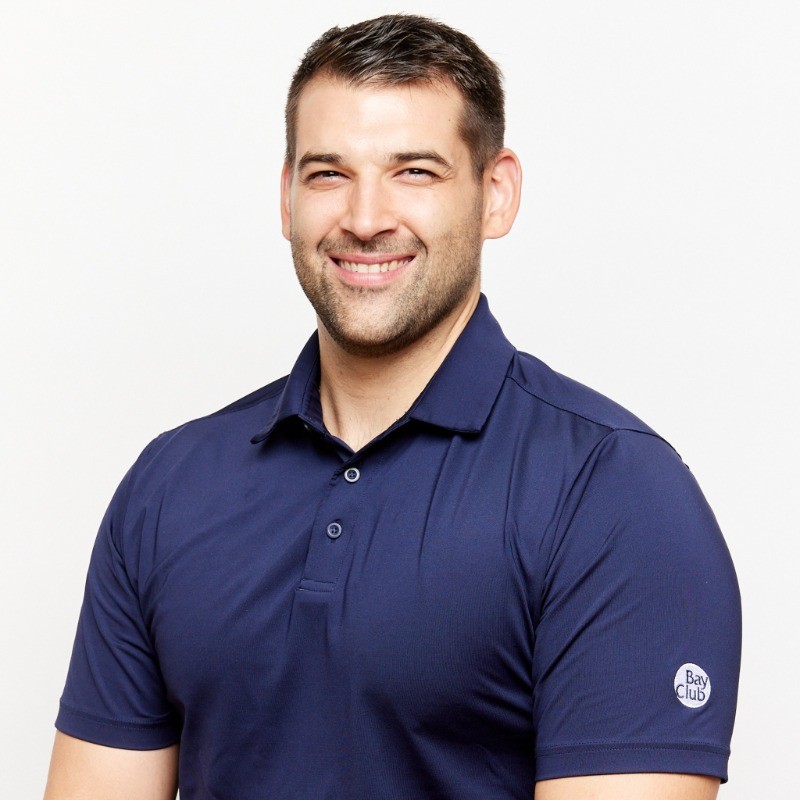
Zack Dzingle is an ACE-certified personal trainer and is the general manager of Bay Club Portland. He graduated from Central Washington University in 2012, majoring in exercise science. Dzingle has been a certified personal trainer for 14 years and has trained a wide variety of clientele from athletes to senior adults.

